Badgers are much beloved, typically woodland creatures native to the UK.
They are deeply interwoven into our culture and identity. We think they are amazing.
Learn more about how to spot them.
Signs
Spotting if badgers are active at a sett is relatively easy, as they leave distinctive clues in the landscape. If the sett is active you may find some of the items detailed below.
Tracks and paths
Where setts have multiple entrances it is sometimes possible to see paths linking the entrances. Distinctive paths may be visible that lead away from the sett to foraging areas. Badgers use these paths to check their territory and to access their favourite foraging areas.
Bedding
Bedding is made from grass around the sett that the badgers have collected. They do this by dragging large amounts of grass backwards into the sett. The bedding is used to line the chambers – both for sleeping in and for raising cubs. Occasionally the badgers bring the bedding to the surface and leave it outside. We think this is to get rid of fleas and ticks that may build up in the bedding.
Footprints
If you are lucky you may see a badger footprint; they are very distinctive as they have 5 claws and a kidney shaped pad. Unlike cats, badgers cannot retract their claws so leave holes where their claws touch the soil. Often the front paw print is overlaid with a rear print so you get a double print. Badgers use the same paths continually which makes paths easy to follow; the closer to the sett, the more distinctive the path. They also have scent glands in their paws which means they are marking their clan’s territory when they walk.
Hairs
Badger hairs are coarse, approximately 4cm long and consist of a long white section running from the root, followed by a short black section and the tip is white. If you roll a hair between your finger and thumb it jumps or clicks. This is because the hair is not round: we think this may help to stop soil sticking to the hairs when they are digging. Badger hairs can be found in the spoil heaps near entrances and on fences under which they have travelled.
Sett
Badgers are nocturnal and live underground in a series of tunnels and interconnected chambers. This is called a sett and may have had successive generations of badgers living in it for tens of years and possibly hundreds of years.
The chambers have different functions: some are used for sleeping, others for raising young badgers which are called cubs.
Generally, multi entrance setts are breeding setts and may be connected above ground via well trodden paths. Single hole setts away from the main sett are called ‘outliers’ which the badgers use if they cannot get back to the main sett or have been disturbed whilst foraging.
Badger setts are very distinctive with large mounds of soil (spoil) outside the entrance that the badgers have dug from the sett. They do this to create a new sett and also to clean out old setts. Mixed in the spoil may be badger hairs, straw and grass. The entrance hole looks like a letter ‘D’ laid down on its flat side approximately 15cm wide by 10cm high.



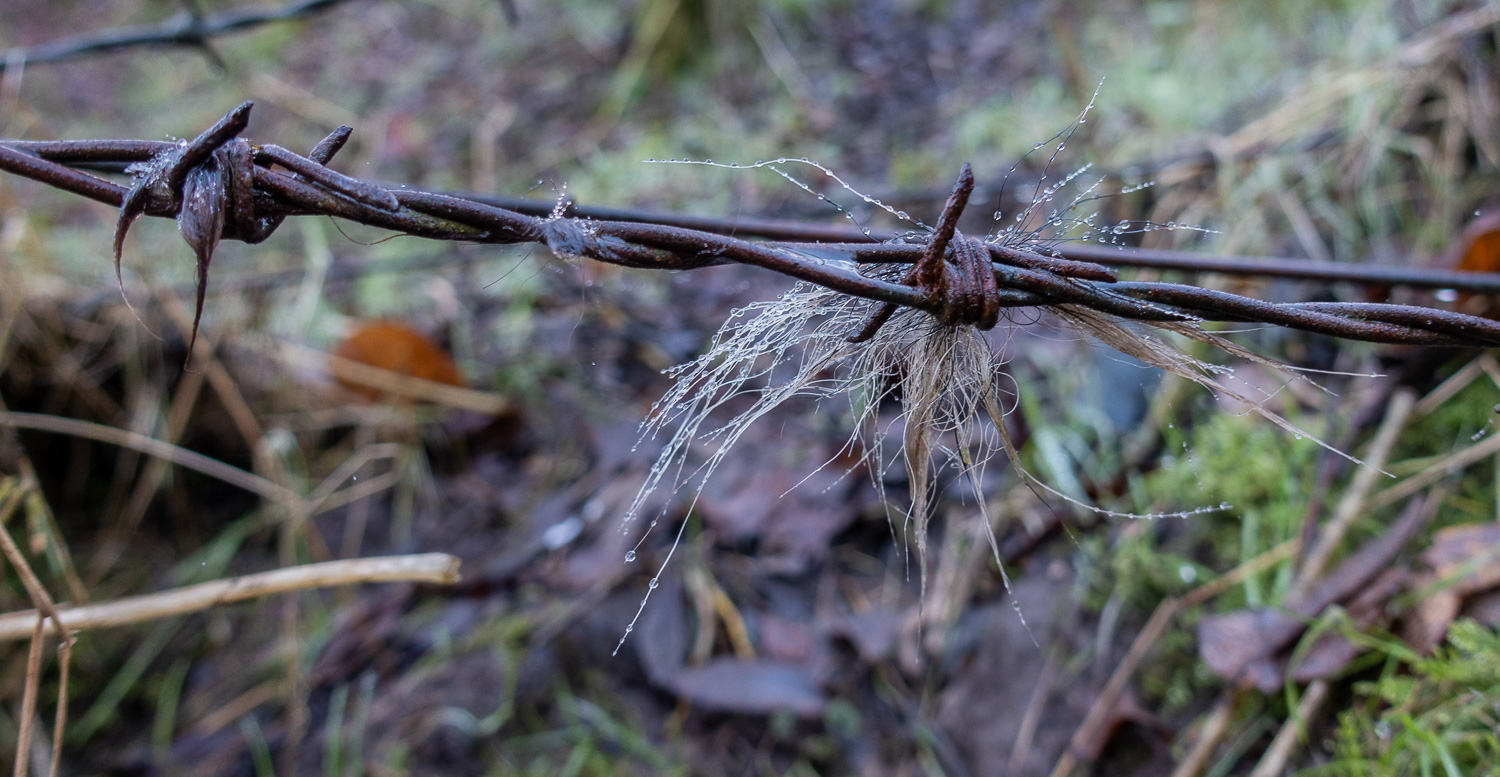

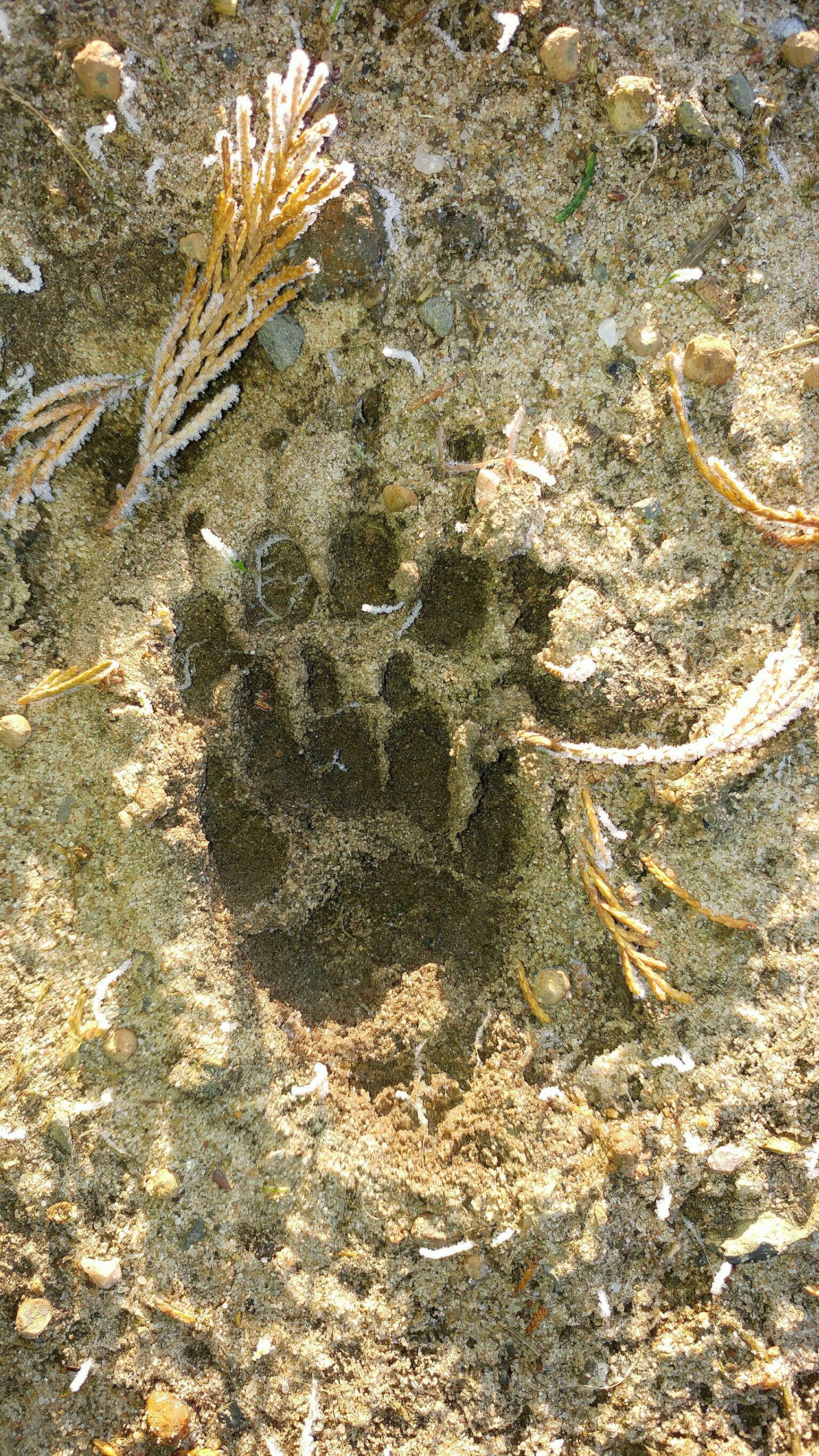






Diet
Badgers are Britain’s largest land based carnivore although their diet is omnivorous.
Favourite food
Their favourite food is earth worms and they will eat nearly 200 in an evening when the ground is soft enough to dig, but in times of drought or freezing conditions they have to look for alternatives. They will also eat invertebrates, fruits, berries, cereals and small mammals such as mice, voles, and young rabbits. As Britain’s largest land based predator, badgers will eat small mammals including hedgehogs.
Speculation
There has been much speculation recently about badgers being responsible for the decline in hedgehogs. Much bigger threats to hedgehogs are vehicles, slug pellets, garden fencing and loss of habitat; and one of the biggest dangers in the garden is equipment such as edge strimmers. Badgers will occasionally eat a hedgehog but they have coexisted for thousands of years and survived.


Habitat
Badgers predominantly live in deciduous or mixed woodland and prefer sandy soil on a slope.
Where they are found
Badgers can also be found in open fields, quarries, old drift mines and derelict buildings – and even on old glass bottle tips. It never surprises us where they decide to set up home!
Public areas
Increasingly, as we continue to encroach on their traditional habitats, badgers can be found under sheds, garages and buildings. Just because we build houses on land doesn’t mean the badgers will stop using that land. Unfortunately this can lead to people getting agitated when their garden becomes a foraging area or a badger takes up residence under the shed or house. We have a section covering badgers, developments and gardens later.

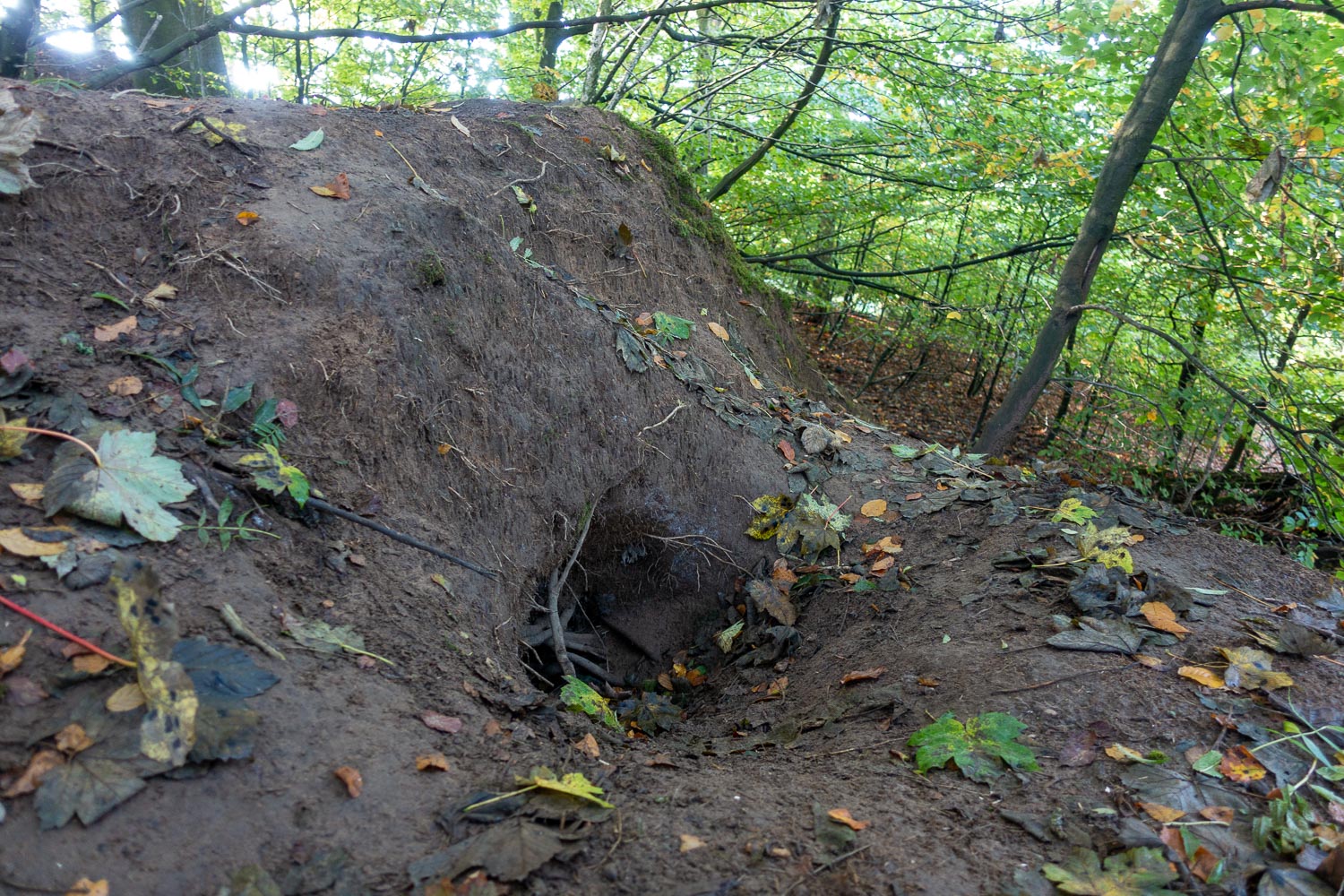
Breeding
Badgers can mate all year round, but nature delays implantation of the fertilised egg in the sow until between November and February.
Gestation period
Following a gestation period of 6-8 week, cubs are born from February onwards – although it has been known for young cubs to be born outside these time frames.
Mating
Sows can mate with different boars and have offspring from different fathers.

Cubs
Badger cubs begin to explore above ground in May, sometimes without mum’s permission! Unless the cub is very young, there is a good chance that they are perfectly fine.
Gestation
Gestation is 6-8 weeks with most badger cubs born between January and March. Cubs are born blind with no fur and are totally reliant on the sow for warmth and milk. Cubs will not emerge from the sett before 10 weeks old unless there is a problem, (usually the sow has not returned after foraging).
10 weeks
At 10 weeks they have plenty of fur and are less reliant on the sow but will stay very close to the sett entrance before, gradually starting to follow mum around.
12 months old
By 12 months old they are considered mature but females may not mate for another 12 to 24 months. At 12 months old some badgers seek out new territories: others stay with their clan.
Acknowledgement
The Rehabilitator’s & Badger Enthusiast’s Handbook a Lancashire Badger Group publication, written by Andy Parr



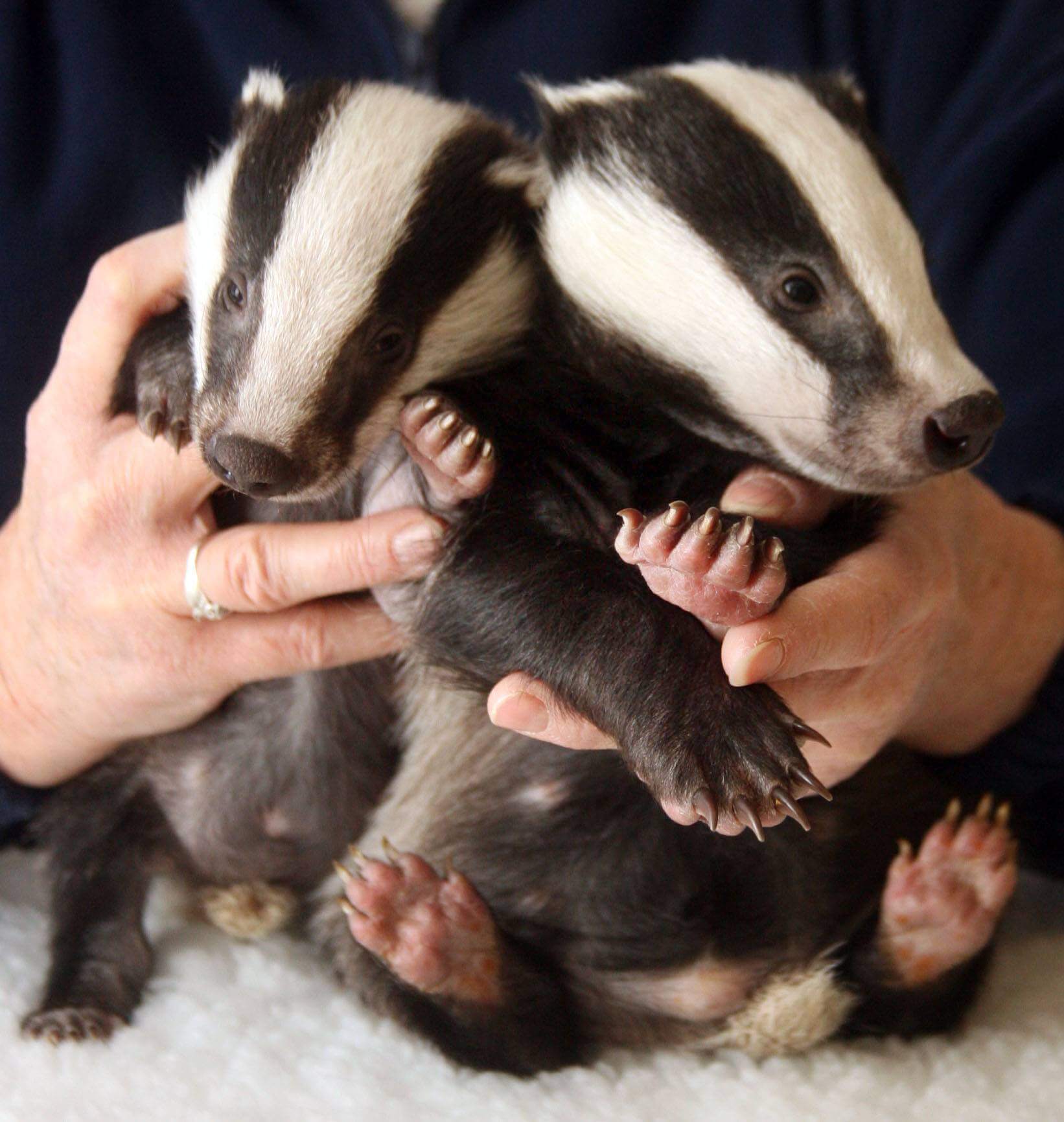

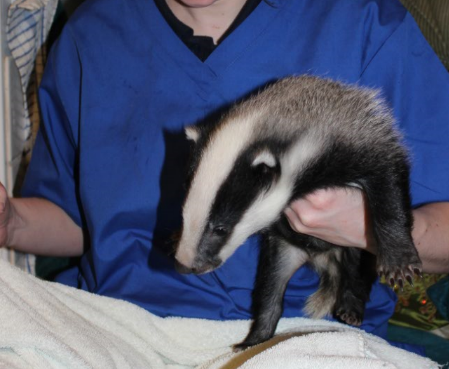
Behaviour
Badgers are sociable animals and live in extended family groups called a clan or cete.
Clan
There is only one dominant male (Boar) and one dominant female (Sow) in a badger clan. There will be other boars and sows within the clan but they will not produce cubs. They maintain the family bond by scent marking using a gland (subcaudal gland under their tail) and by grooming each other. This enables them to know if a badger from another clan has strayed into their territory. The cubs are quite boisterous and spend lots of time chasing, play fighting and grooming each other; this helps build family bonds and prepares them for adult life.
Night time
Badgers are nocturnal and spend all of the daytime asleep underground, although in the summer they can be seen out of the sett in the early evening. The night time is spent foraging for food and checking the boundary of their territory: they use latrines to mark the edge of their territory. Occasionally if the weather is exceptionally hot badgers may sleep above ground in patches of grass and reeds or hollows of trees. If disturbed they will bolt for the nearest sett entrance.
Personality
Although quite large animals, badgers are very shy and elusive and most people in Britain have never seen a live badger. It is possible to watch them closely but the moment they pick up a human scent they will run off in the opposite direction! If you find an injured badger please be very careful (see separate section on dealing with injured badgers). Badgers can bite if injured or feel threatened and their claws can cause serious injuries.
Physiology
Badger skull
Here we can see some of the badger’s special features, they have a powerful bite which is accomplished by the muscles being connected to the sagittal crest running down the top of the skull. The jaw bone is permanently connected to the skull and can only be removed by breaking the jaw bone, it is thought that this prevented the jaw dislocating if the badger was twisted when locked onto another bigger animal, such as boars, wolves or bears, (all extinct in Britain now). Also evident are the canine set of teeth, although in Britain their main diet is worms, across europe badgers have developed different diets dependent on what food is abundant.
Badger claw, front
This shows the strong claws used for digging tunnels and chambers, unlike cats these claws do not retract.
Badger paw, front
The underside of the paw shows the claws, which you can see have been worn away by digging, the 5 small pads behind the claws and the 2 large kidney shaped pads.
Rear paw, underneath
The rear paw is very similar to the front paw, it has powerful claws, although they are not as long as the front claws. The width of the paw is narrower and appears more pointy.
Head from side
We can see the distinct head shape and markings of the badger, wedge shaped and almost streamlike in appearance. The distinctive black and white stripes running along the head, at the top right are the ears, small eyes for a nocturnal animal and a large nose. Badgers mainly sense through what they can smell, backed up by their hearing and lastly their sight which is quite poor.
Head and claws
Viewed from the front we can see the distinct black and white face. If you look closely you can see the whiskers on the face, these are used as a sensory feature to judge the width of openings and tunnels. We can also see why their tunnels are shaped like an inverted D to accommodate their body shape
Teeth mouth closed
A close up of the mouth closed with the large canine overlapping teeth and the smaller teeth in between, the smaller teeth seem to be worn down, possibly from eating the soil in worms. This is a powerful bite and could inflict serious damage to soft tissue and bone.
Full body from side
This gives us an overview of the badger, the wedge shaped head, along the stocky body to the stubby tail. The legs are short and powerful, designed for digging. The head has the distinctive stripes whereas the body looks grey even though the hair is predominantly white with a black section then the tip is white.
Hair, close up
Badger hair is approximately 4cm long with a long white section running from the root into a short black section with a white tip. It is very coarse and when rolled between your thumb and finger it clicks or twitches due to not being round. It is thought that this type of hair stops soil or mud sticking and is self cleaning. Even though badgers spend many hours digging in wet soil they rarely look dirty or muddy.
Subcaudal gland
At the rear of the badger between the anus and tail is the subcaudal gland which produces a secretion that is used to scent mark latrines, marking their territory and also other badgers within their social group.




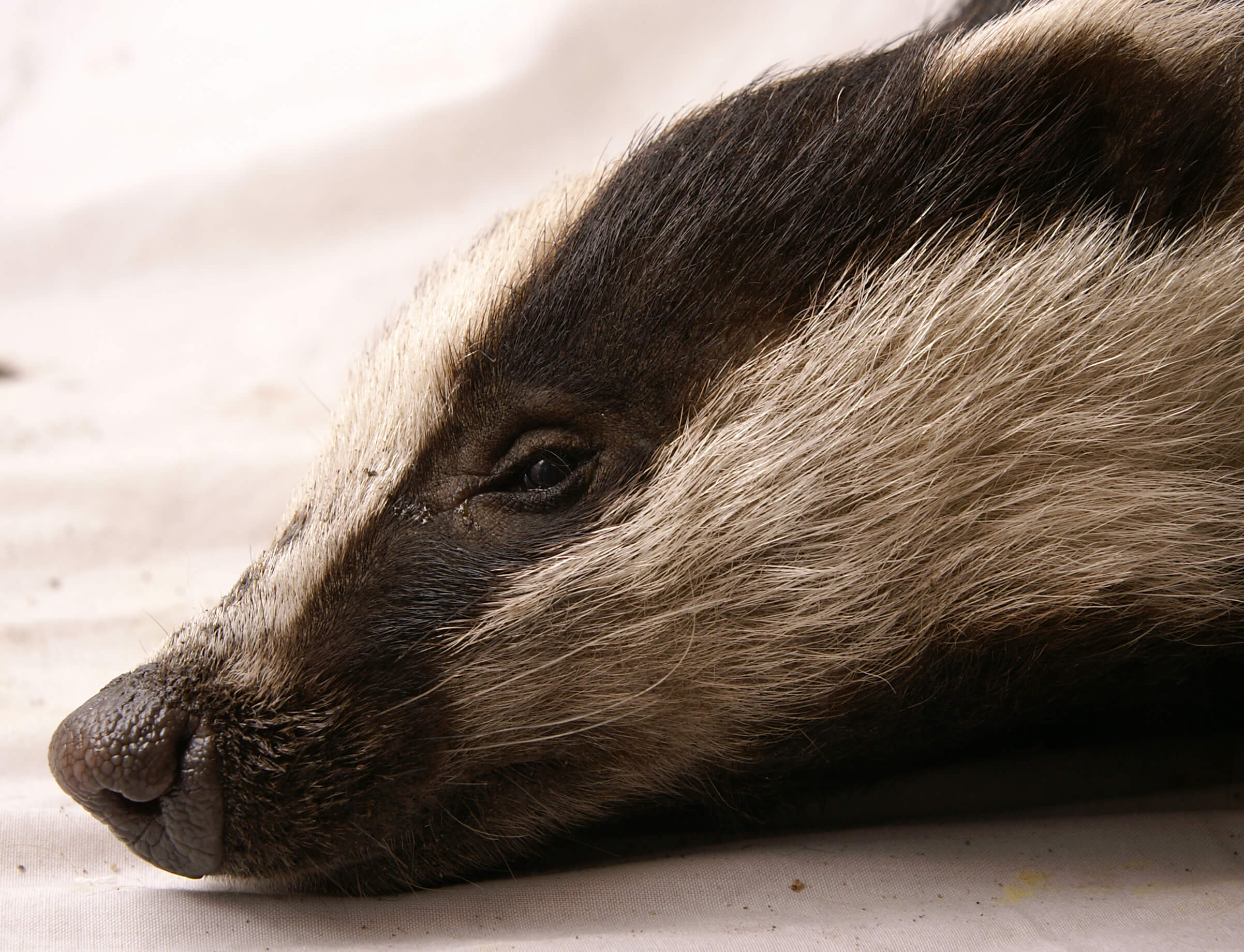




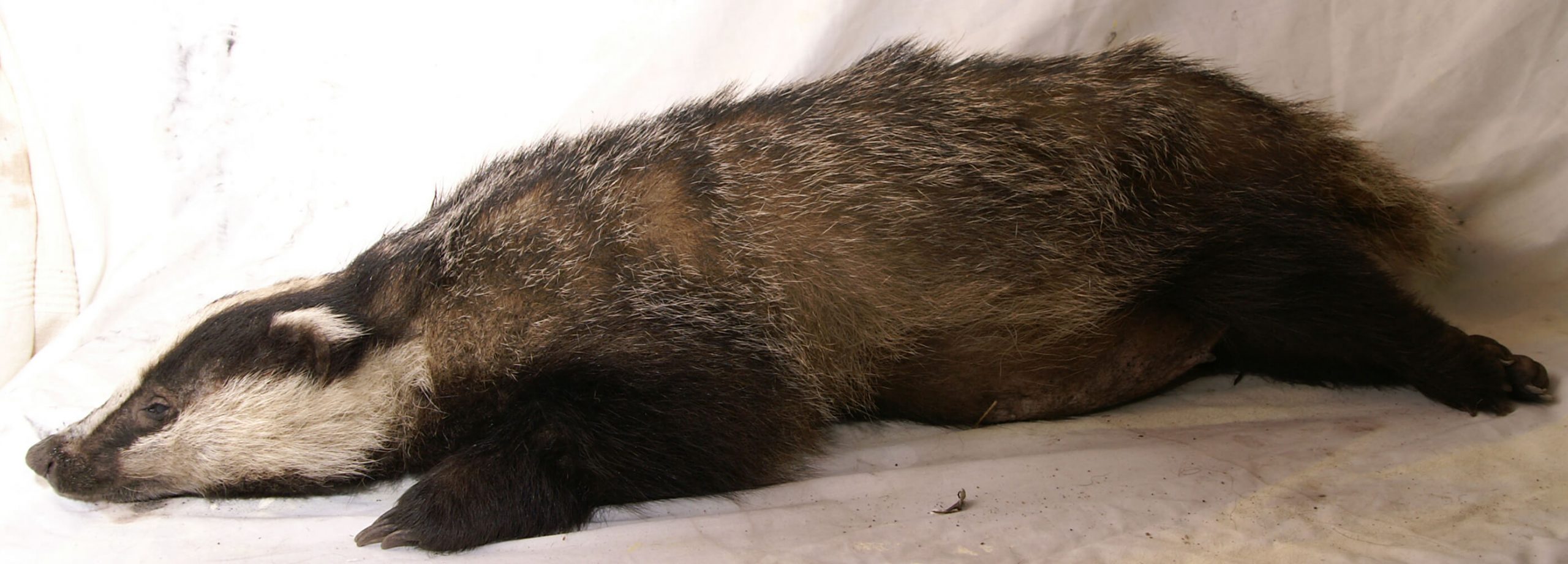

Help & Advice
Our website is packed full or helpful advice and facts about badgers and how to handle them in numerous situations.
